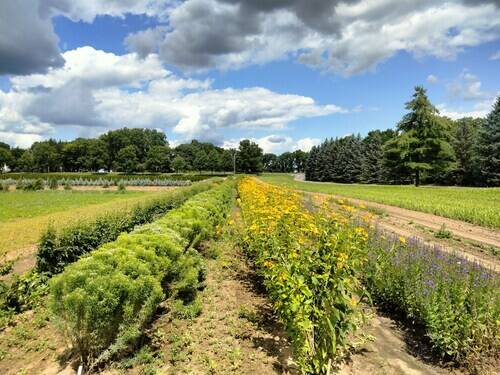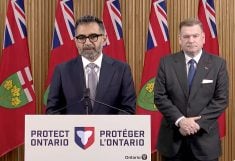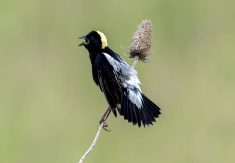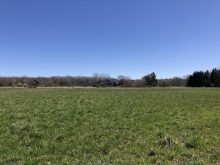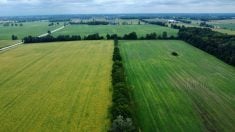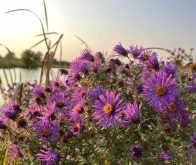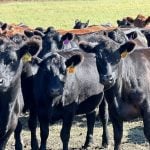What would it take to have more farmers incorporate native seed orchards into their businesses?
The question is being asked by Carolinian Canada in an effort to inform investments driving expansion in the province’s native seed industry.
Why it matters: The Southern Ontario Seed strategy aims to increase the diversity of native plant species in Ontario’s Carolinian landscapes.
The informal call for farmer perspectives comes after the organization released it’s Southern Ontario Seed Strategy, a framework for addressing the current lack of diversity and quantity of native seed, as well as related barriers to achieving Canada’s environmental restoration goals in Ontario’s Carolinian zone. The World Wildlife Fund’s Canadian division also recently announced additional investments in native seed production. WWF Canada is offering grants to support the establishment and expansion of seed orchards — native plant growing operations that produce locally-sourced seed needed for habitat restoration projects – to 13 First Nations, organizations and businesses in five provinces. Bruce Trail Conservancy, Caldwell First Nation, Hidden Habitat, Matawa First Nations Management and Northern Wildflowers comprise the Ontario recipients.
Read Also
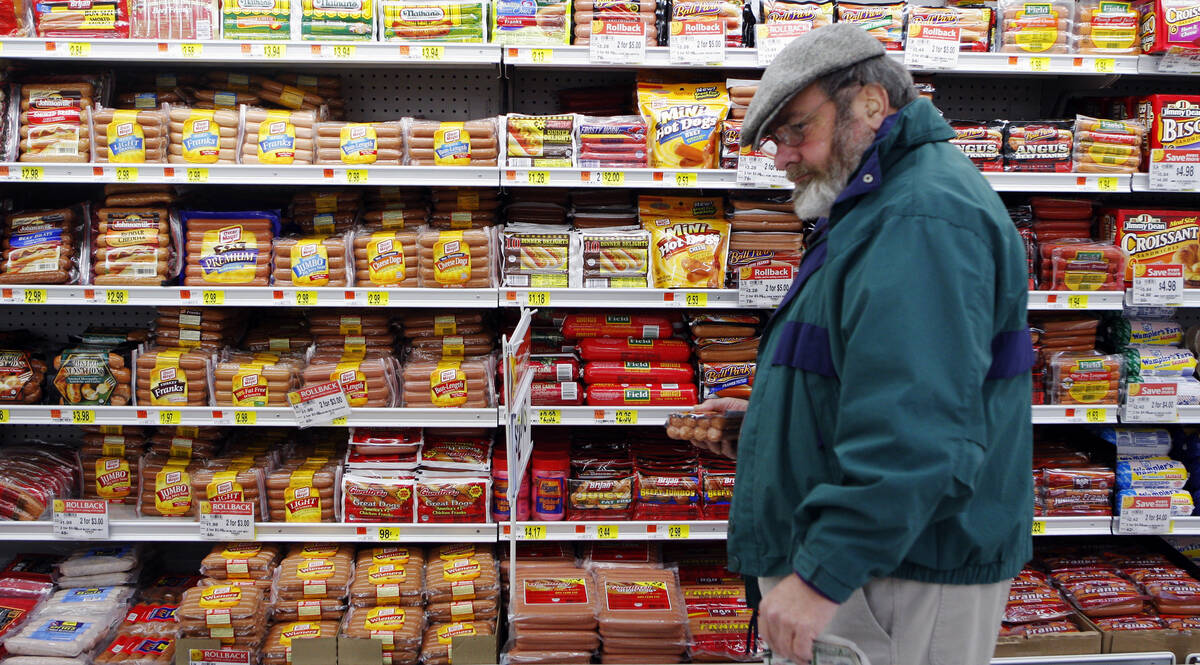
Canada seventh-most influential country on agri-food
Report from Dalhousie University and MNP shows Canada ranks seventh among G20 countries on agri-food influence.
Why native seed orchards?
WWF Canada said in a May 2025 press release that increasing the native plant supply through initiatives like seed orchards “is essential because these plants form the foundation of healthy ecosystems that support a wide range of wildlife and help absorb and store carbon from the atmosphere. Native plants are species that have grown in their local area for thousands of years and as a result, are well adapted to the conditions there and have deep mutual relationships with the other species in the local ecosystem.”
Jennifer Nantais, healthy habitat manager with Carolinian Canada, says similar factors, as well as increasing demand for native seed, have been driving her organization’s efforts to establish four native seed and plant partnerships across Essex County, the Greater Golden Horseshoe, as well as the Counties of Grey and Bruce.
“When we were putting the Southern Ontario Seed Strategy together, seed orchards were something that was kind of already on our mind,” said Nantais. “A lot of folks were already collecting from collection areas, or growing from a seed orchard. It’s the same thing as a traditional orchard. Sometimes the plants are planted for the purpose of collecting and sometimes the collection areas are a bit more diverse and wilder. There are different models.”
“It’s really something that’s practiced at a much larger scale in the United States. So, when we were scoping different models for our strategy we were looking at what folks were doing across North America. In the United States, farmers are a big part of the solution. Farmers are growing native plants, which are a saleable product, and that’s work that should be funded in the same way that crops that we need for our own sustenance are funded. Especially in light of huge restoration goals that we have.”
Carolinian Canada is hoping to gather at least one hectare of seed orchard production in each of the four focus regions. The area in each region does not have to be contiguous.
“That could be more than a hectare, it could be broken up into smaller pieces. We’re just going to see who is either already doing that work and looking to expand, or who is thinking of establishing a seed orchard. We’re going to provide some funding to do that,” she says.
“Hopefully what people are seeing are more support — funding, networking — for doing this kind of work. And folks who are landowners and land stewards in communities, and have the space to do that can get involved.”
Increasing farmer involvement
Asked whether a lack of financial returns was a barrier to getting more farmers involved in native seed production, Nantais said “that’s what we’re trying to find out.” Given the demand being generated by nature restoration projects, and the lack of adequate supply, establishing native seed orchards should make economic sense.
While many individuals and organizations such as Conservation Authorities are involved in native seed production and gathering, farmer participation is comparatively lacklustre.
“If someone has an agricultural property and they can grow just about anything, they’re going to want to grow the thing that will support their family and their livelihood. I’m not a farmer, but I suspect at this point in time the top crop is not native seeds and plants. I don’t know that we could make it the top crop over corn, wheat and those things, but it certainly would be nice if it was competitive so farmers can make the ecological choice,” Nantais says.
“There’s a lot of people already doing that work self-funded.… It would be nice if it were both, if you could return it to nature and have that be what you’re farming and selling to folks.
“Is funding the major barrier? I’m not sure. I’d love to hear from some farmers and find out if that’s the major barrier, or not. We certainly think it is a barrier, so we’re trying to alleviate that and support some of that work.”




